I recently had the pleasure of completing a guided walk along the Milford Track – one of the Great Walks in New Zealand. The track passes through some of the most beautiful and pristine wilderness in the world.
During the walk, I was reflecting upon the characteristics of the guided walk that made it so pleasurable. Here are my reflections…
A clear path
The 33.5 miles of track from Glade Wharf to Sandfly Point is clearly laid out and very well maintained. Throughout the walk it was crystal clear where we were meant to go; if we stuck to the track there was little chance of getting lost.
With signposts
The track is clearly and comprehensively sign-posted. Every mile there is a numbered milepost indicating progress.
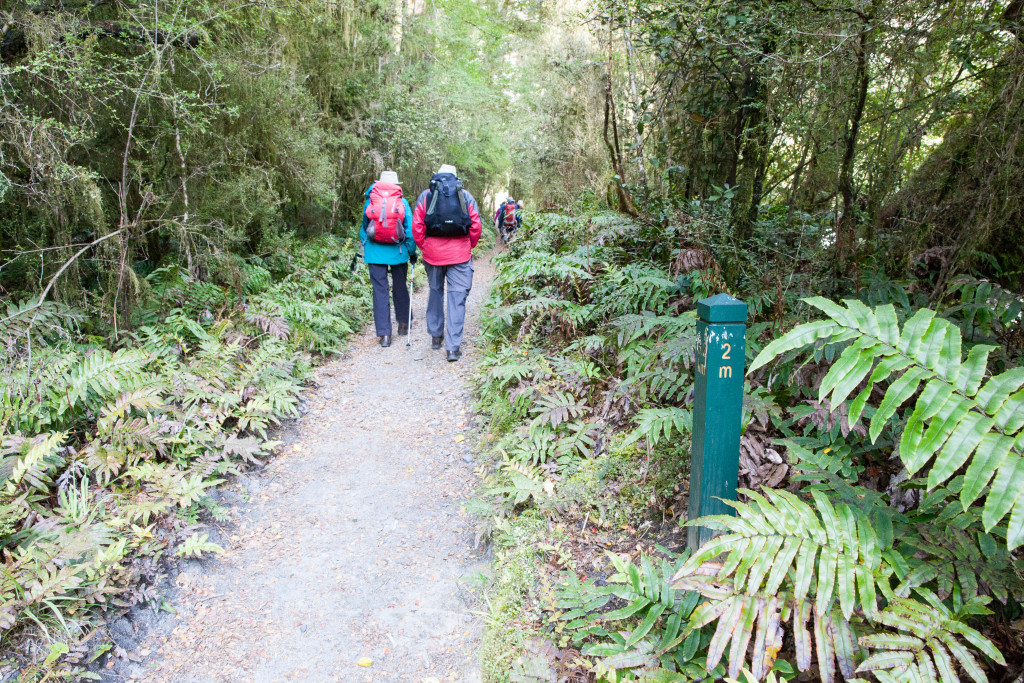
Periodically there are signs indicating distances or estimated times to key landmarks along the route. These signs, along with the mileposts, enabled each of us to track progress and monitor the pace of our walk.
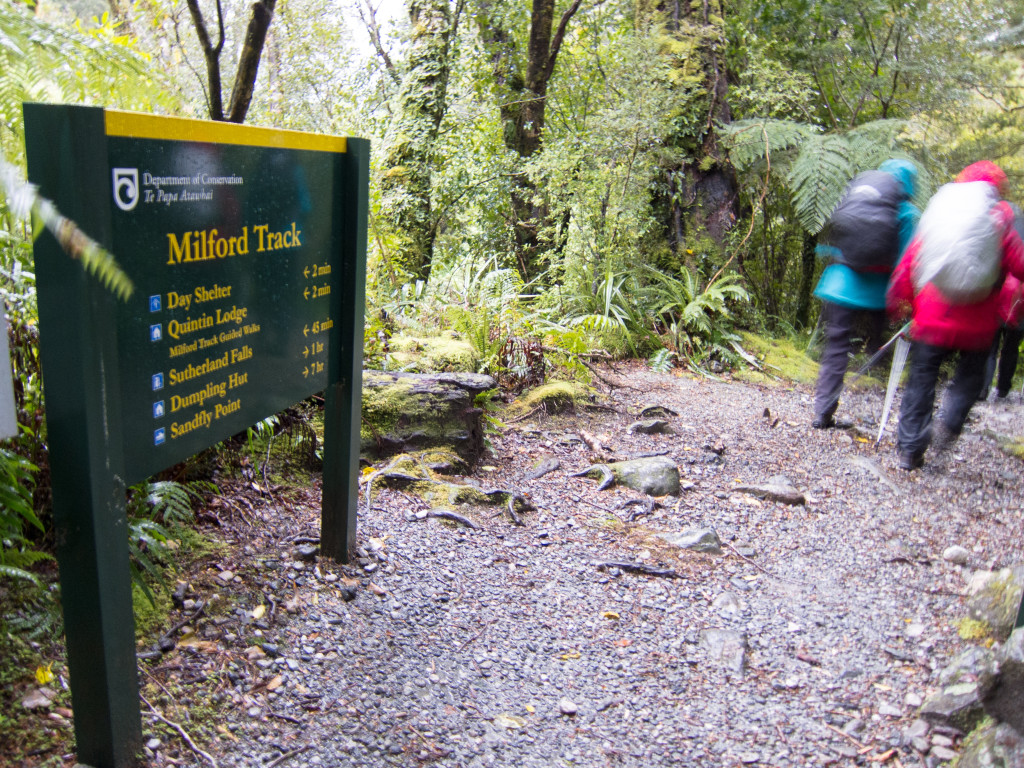
Other signs warn of potential hazards ahead, including areas of possible flooding or avalanche.
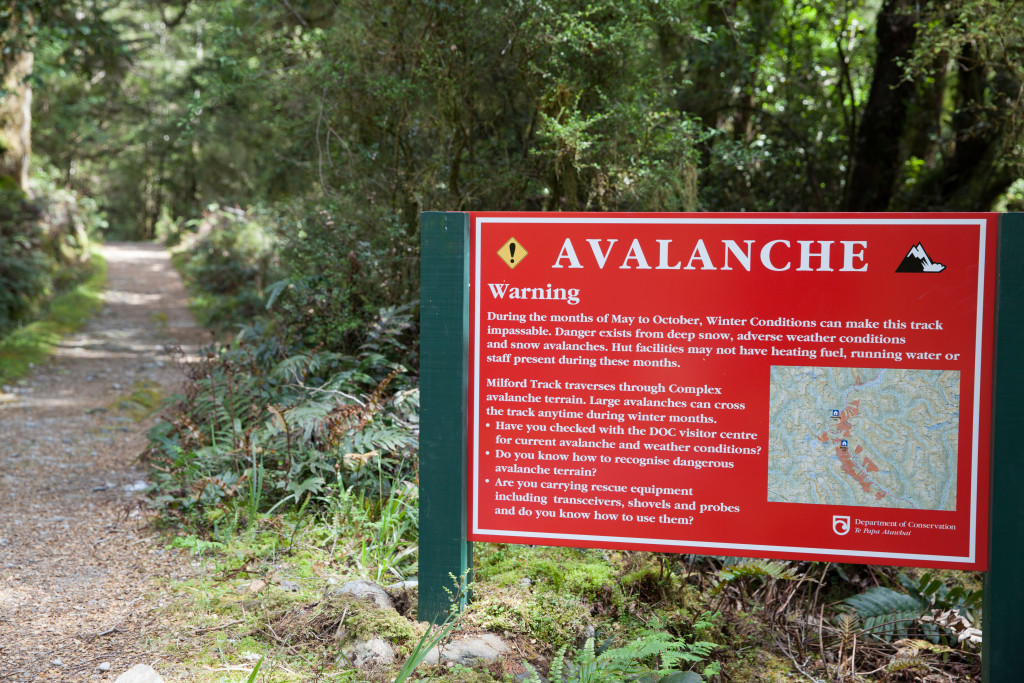
Taken together, these signposts ensured we knew where we were, how far we had come and still had to go, points of interest, and areas where extra care might be required.
Walking at our own pace
We were encouraged to walk the track at our own pace and to take time to explore the locations we found interesting.
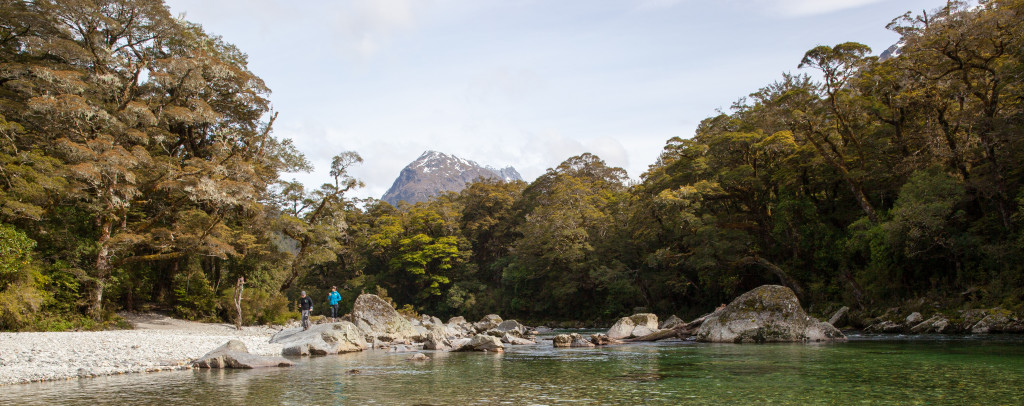
We were also encouraged to explore some of the side tracks that had particular points of interest. This was not compulsory. The side trip to Sutherland Falls, the highest falls in New Zealand, was truly remarkable.
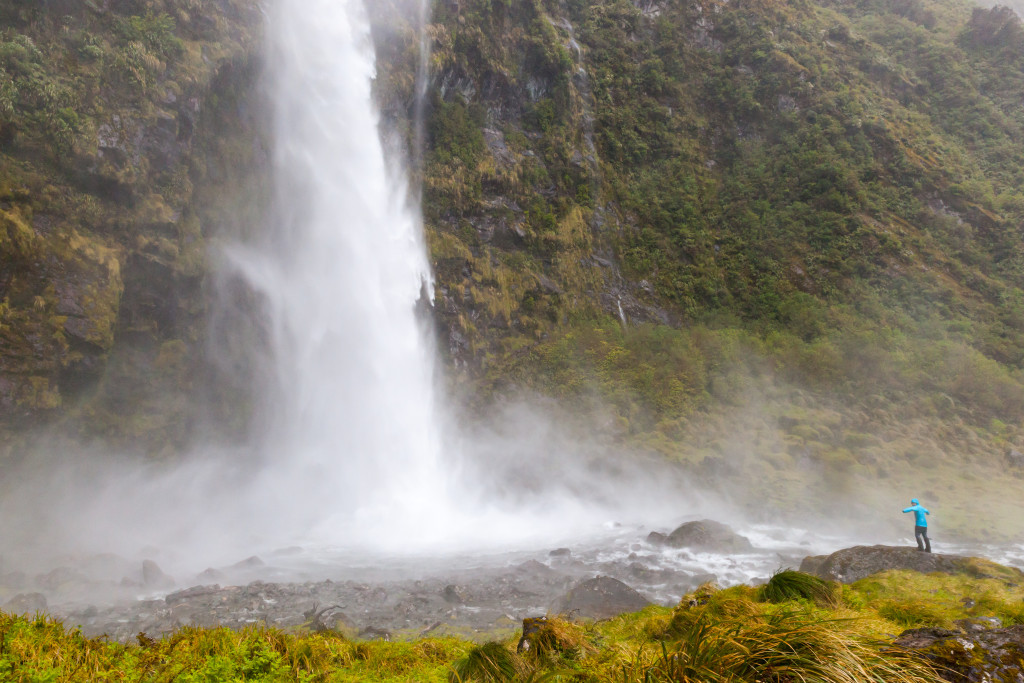
Walking alone, or with others
In all there were about forty of us completing this walk together.
At times I walked alone. I like to do so; it gives me time to think. There were several occasions where it felt like I was the only person on the track. I could see no-one behind or ahead of me, and I felt I had the place to myself.
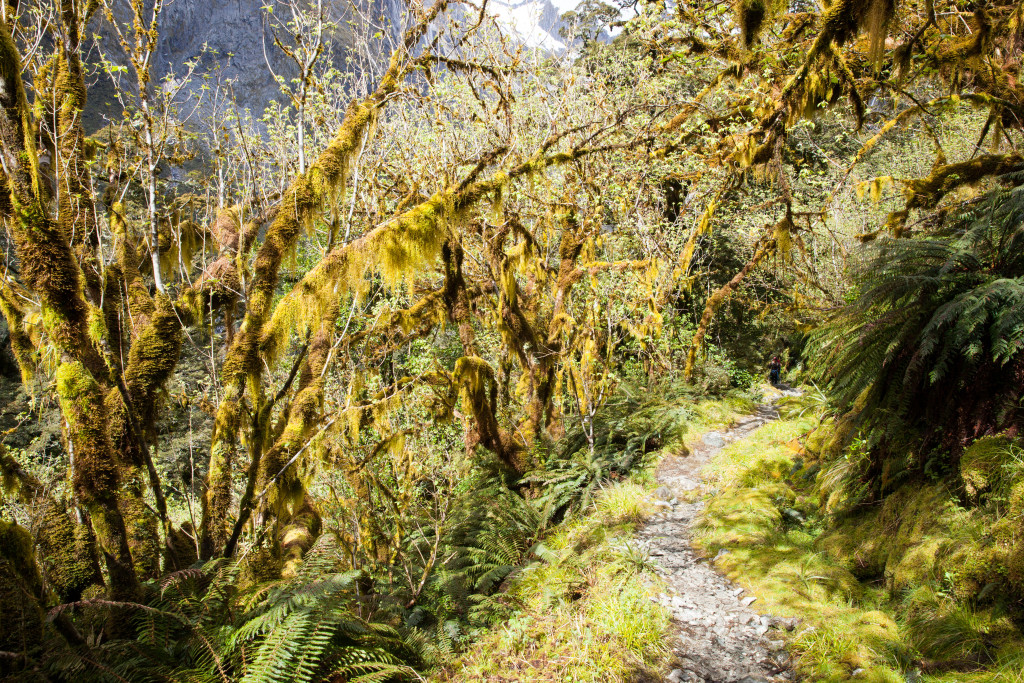
At other times I walked and chatted with my niece, Helen, who had invited me to do the walk with her.
Occasionally, I walked and chatted with small groups of others, some of whom had travelled across the globe to walk this track.
Everyone was free to choose with whom they walked.
A team of professional guides
A team of four guides accompanied us on the walk. They worked extremely well as a team. I was particularly impressed with the way the acknowledged and drew upon their individual strengths while working together to build their individual and collective capability.
Getting to know us
Each of the guides was friendly and welcoming. They each took time to speak with each of us and get to know a bit about us. They genuinely cared about each walker and were keen to ensure everyone had the best experience possible while under their guidance.
As the walk progressed, they learned about our walking style, preferences and limitations. Which of us were the quick walkers, guaranteed to reach each milestone first? Which of us were likely to find parts of the walk particularly challenging?
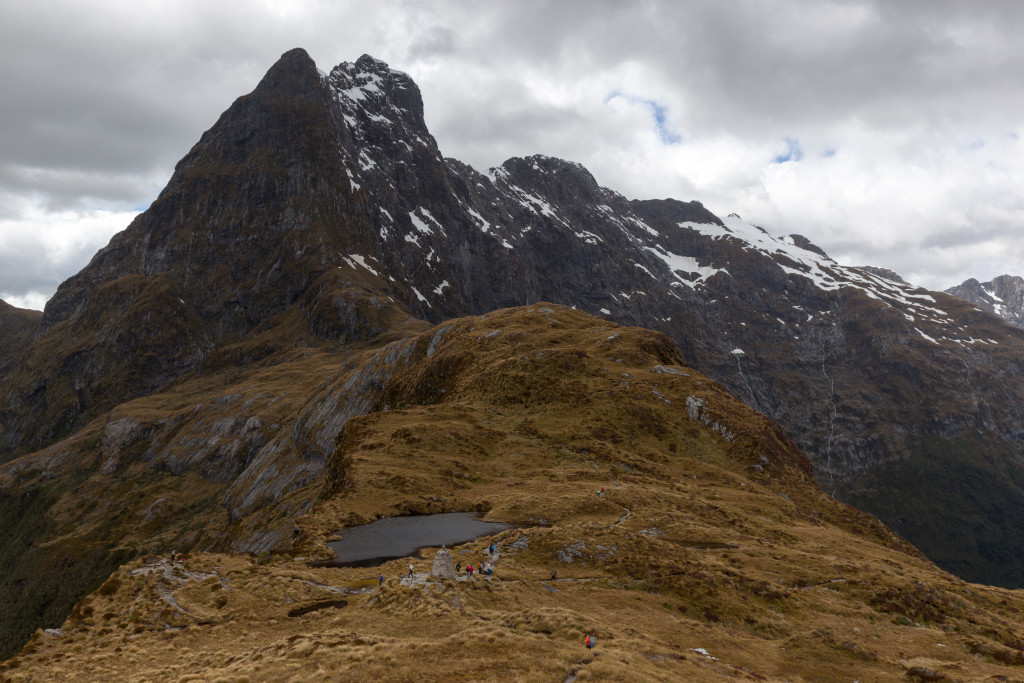
Through getting to know us, the guides were able to plan and execute personalised support, where it was required.
Knowing the track
The guides know the track intimately. Collectively they had walked the track many hundreds of times.
The guides highlighted points of interest and significance along the way. They proved very knowledgeable about the flora and fauna, and took the trouble to point out and help us interpret that we were seeing. We were encouraged to be inquisitive and draw upon their knowledge and experience.
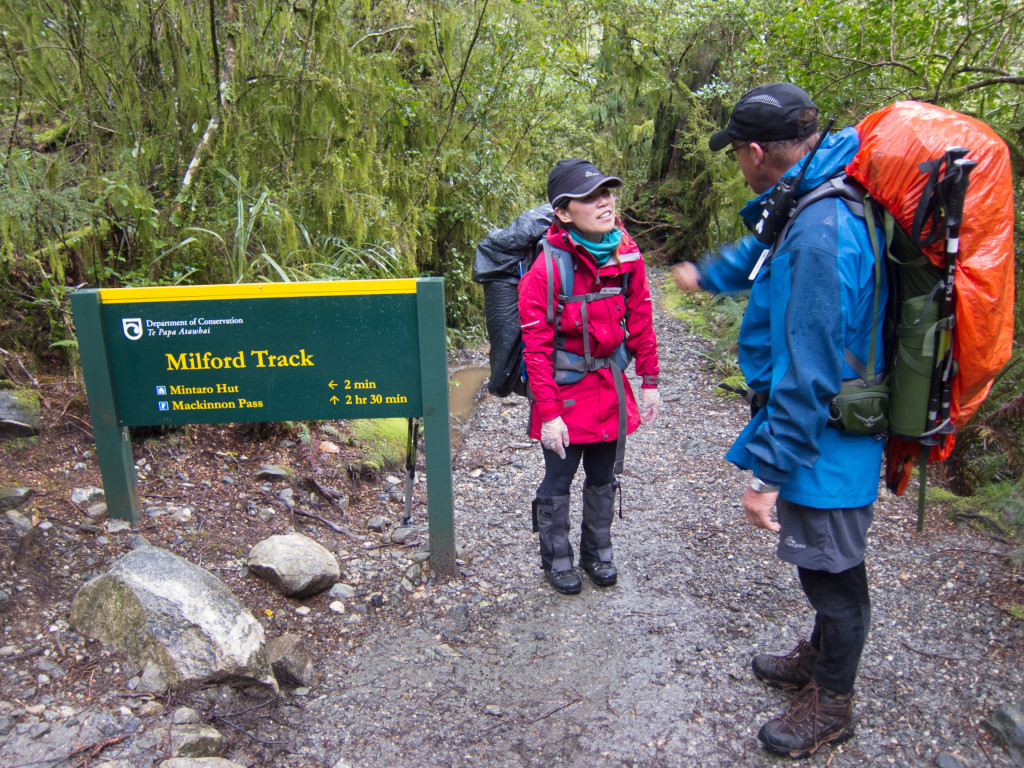
They also knew how we might respond to the track. They know where the going is easy. They know where it’s most demanding. They know where people may experience difficulty. They also know the hazards and have strategies to minimise the associated risks.
Helping us be prepared
Each evening one of the guides briefed us on the outlook for the following day. The briefing informed us of the terrain ahead, distances involved, weather forecast, points of interest and any potential areas requiring particular care. This enabled us to plan ahead and be prepared to meet the challenges that lay before us.
The briefings also celebrated our achievements that day.
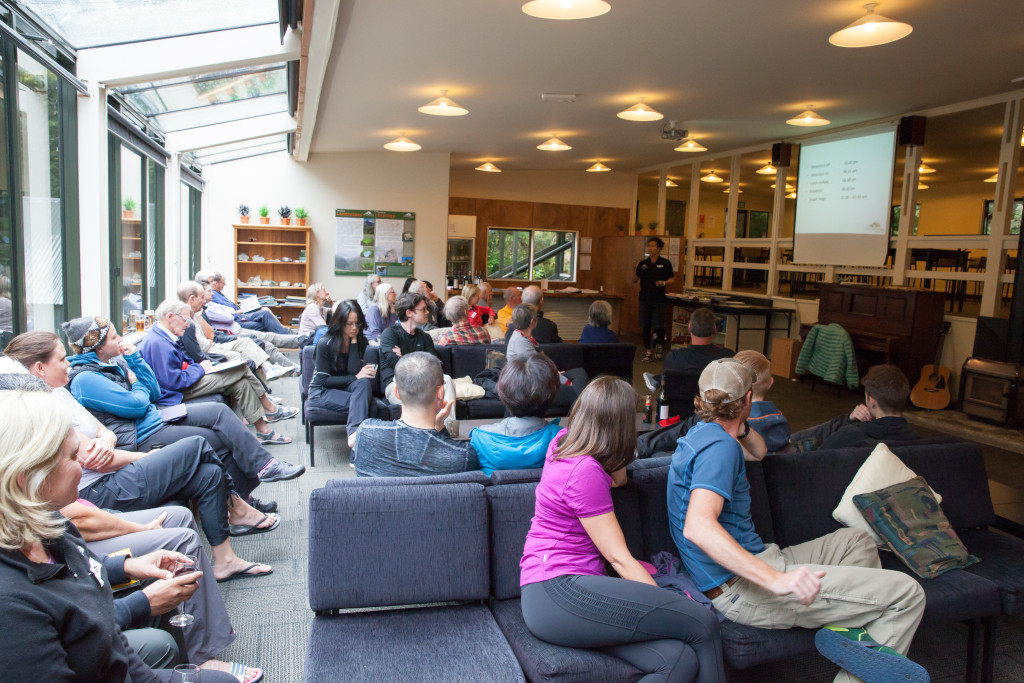
Providing support, as required
At all times there was a guide at the front of the group. This guide checked the path was clear of hazards.
There was also a guide bringing up the rear, ensuring nobody was left behind. This guide provided encouragement and practical support to those walkers finding the terrain a challenge.
The other two guides walked between, within the group. When we encountered a hazard along the track, there was always at least one guide there to help us through safely. This occurred on three occasions: the first when the track was submerged in flood waters and twice where the track had been obliterated by avalanches.
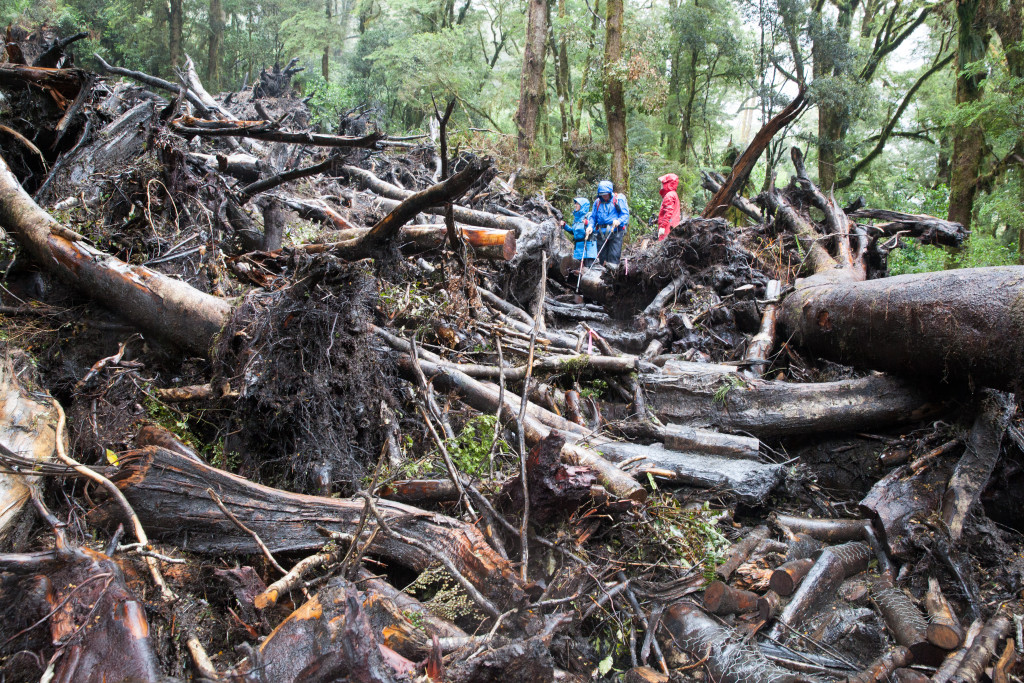
Celebrating Achievement
Having walked more than 33 miles over four days, we arrived at our destination, Milford Sound. Our final briefing was more of a celebration, each of us receiving a certificate during a simple ceremony, then proceeding to enjoy a meal together.
The following morning, we were treated to a brief cruise through the sound before we each set off on the next stages of our respective journeys.
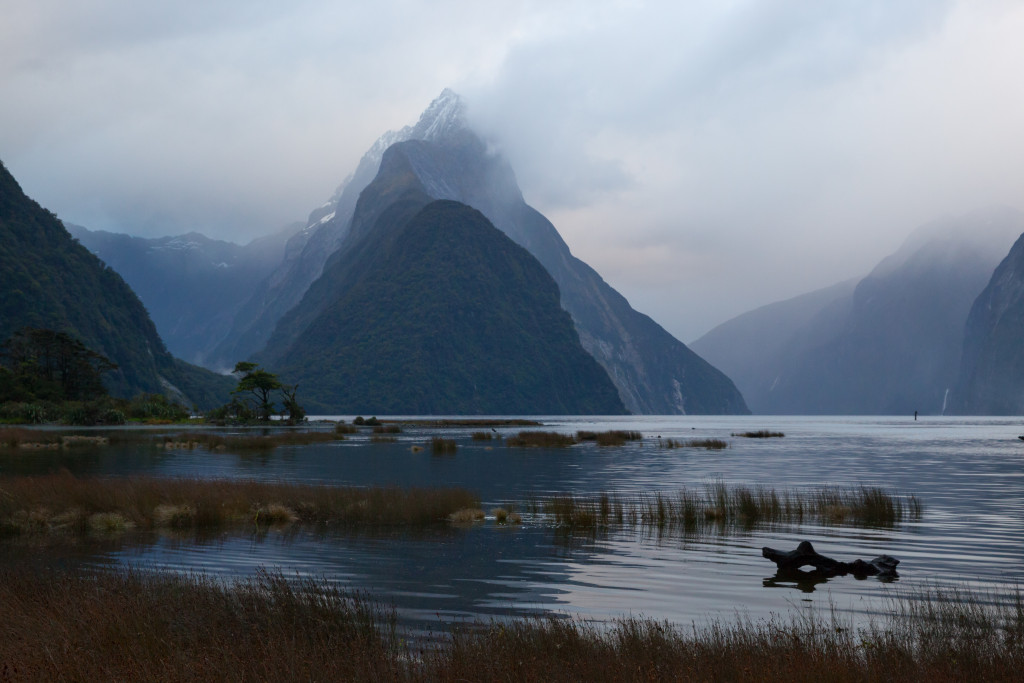
Learning can be like this guided walk
Schooling can be like this guided walk.
A clear path
The curriculum provides the learning path. Tools such as the Capacity Matrix and Gantt Chart put curriculum in the hands of the learners and provide signposts to support learners to plan and monitoring. Areas where special care may be required can also be highlighted.
Learning at their own pace
Once the path is clear, learners can be encouraged to progress at their own pace.
Learners can also take time to explore areas of particular interest to them, adding these to their capacity matrix and recording details of their learning.
Learning alone, or with others
Students can choose when they prefer to work alone, and when they may wish to work with others. Teams and groupings are by choice, not direction.
A team of teachers
Teachers work together as a team: acknowledging each others’ strengths and working to build their individual and collective capability. They are collectively responsible for the safety and progress of the learners.
Teachers take time to get to know the learners under their guidance: the learners’ aspirations, preferences and limitations.
Teachers know the curriculum intimately. They know where it is straightforward and where many students have difficulty. They encourage curiosity, enquiry and exploration.
Teachers equip learners with skills and tools to plan and be prepared to make the most of the learning opportunities.
Teachers provide personalised support, helping everyone who requires assistance through all sections of the track. They pay particular attention to supporting learners through sections of curriculum that most people find challenging.
Celebrating achievement
Students and teachers acknowledge and celebrate achievements along the way and in ways that are meaningful to everyone.
Read more about Capacity Matrices.
Watch a video showing how year 7 students learn in this way.
Watch a video showing year 10 students learning in this way.
Purchase our book, IMPROVING LEARNING: A how-to guide for school improvement, and read more.
